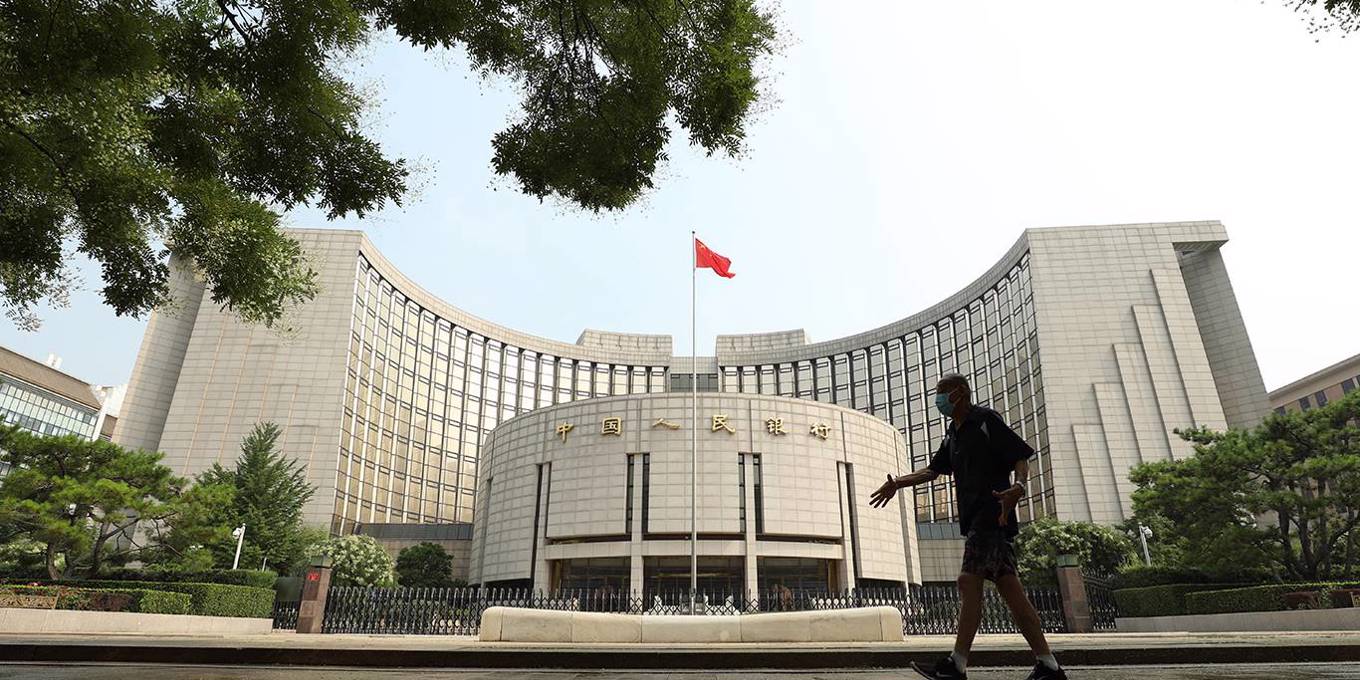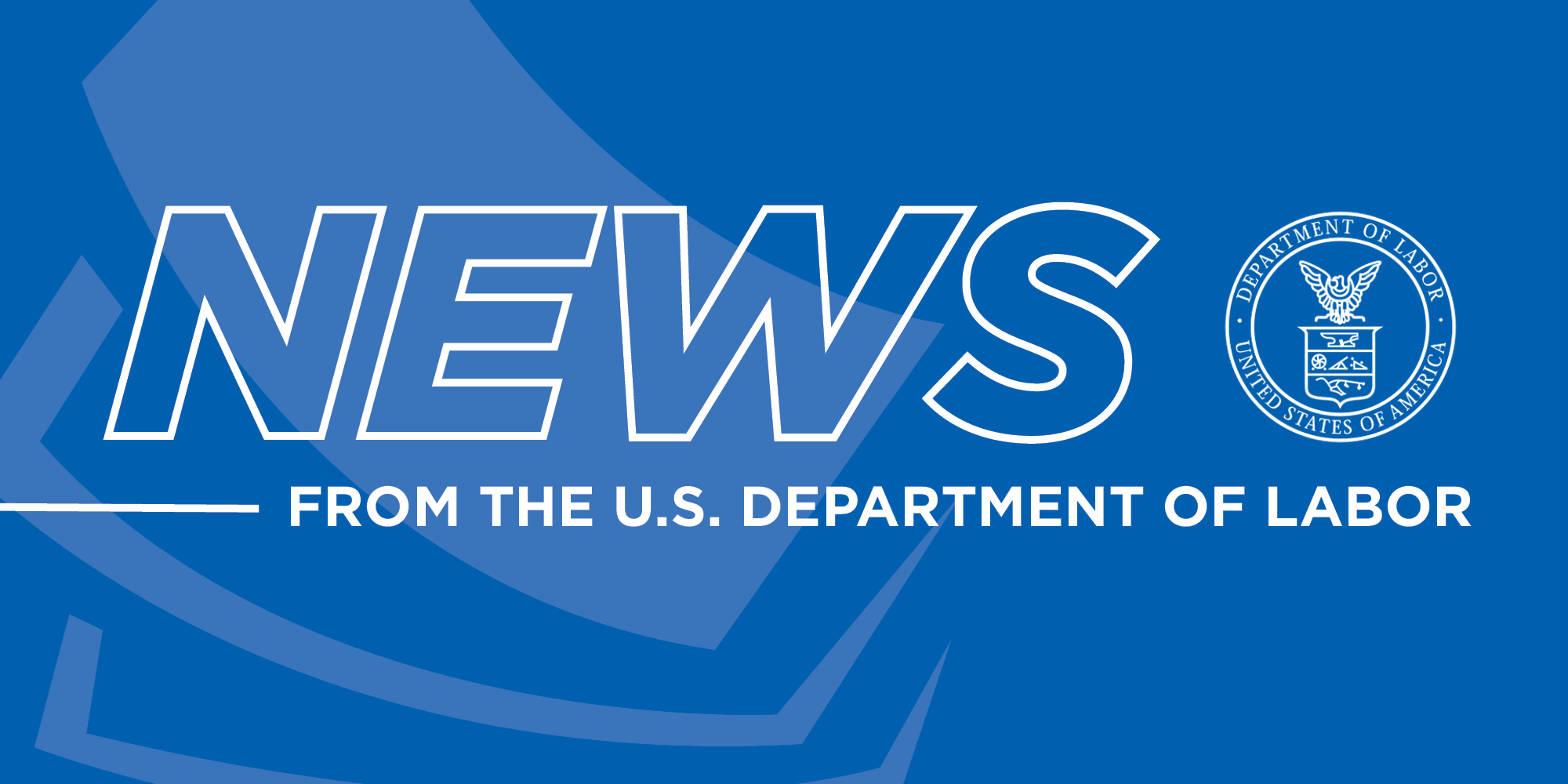The Individuals’s Financial institution of China lately introduced a 25-basis-point discount of banks’ necessary reserve ratio – a transfer that may release liquidity and assist development. In actual fact, China has loads of area to make use of financial growth to buttress development, monetary stability, and structural reform.
HONG KONG – In 2020, Sebastian Mallaby of the Council on Overseas Relations introduced the start of the “age of magic cash,” by which superior economies would “redefine the outer limits of their financial and monetary energy.” By July 2022, Mallaby was predicting that this age was coming to an finish. However, whereas most main central banks at the moment are reversing quantitative easing (QE) and elevating rates of interest, China may have to go in the wrong way.
Observers typically overlook that QE was invented by the Financial institution of Japan in 2001 as a instrument for coping with balance-sheet deflation. Different instruments included a zero rate of interest and ahead coverage steerage. The BOJ’s steadiness sheet expanded from 20% of GDP in 2001 to 30% by 2006, fueled principally by purchases of Japanese authorities securities.
But, as Nomura economist Richard Koo noticed in 2010, free financial and monetary coverage didn’t spur corporations and households to speculate or spend, as a result of they remained targeted on rebuilding their very own broken steadiness sheets. So, in 2015, the BOJ, led by Governor Haruhiko Kuroda, launched so-called quantitative and qualitative easing (QQE).




